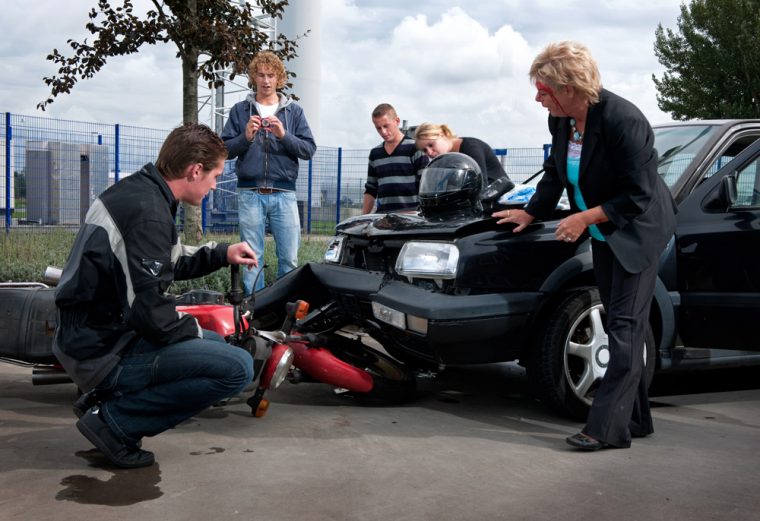How to Establish Culpability After a Car Accident
If we really want to be politically correct, calling car crashes “accidents” is not the way to go. Using the term accident unwittingly takes accountability away from all involved. But in car crashes, rarely is it that no one is to blame. More often than not, the crash is a result of some form of negligence or violation on the part of one or both parties.
Establishing culpability is important and beneficial in helping the victims move on from the crash, especially if injuries and high medical costs are involved. In the current social system, it’s the legal professional’s job to help car crash victims get the assistance they need from those at fault for the crash. These attorneys can help with filing claims against insurance companies, especially with those who are known to make things a bit challenging for their beneficiaries. Legal battles can be easily won if culpability is ascertained; you just need to know how to determine who is at fault and what to avoid.
Police records
Aside from medical professionals, the police should be among the first ones to be called after a car crash. These uniformed personnel are expected to gather evidence and interview people who might have witnessed the crash. The main goal is to understand how and why the crash happened. From this data, they will draft the report, which will be a valuable resource if the case reaches the courts.
If you are involved in an accident, you or your legal counsel need to review what the report says. It’s natural for many to attribute bad events to others and external factors, so you might want to check with what the other party said to the authorities. You definitely don’t want them to paint you as the villain.
Traffic rules
More often than not, crashes happen when one or both parties involved violate traffic rules. These violations are often evident just by looking at the position of the vehicles. Does it look like one of the vehicles is overtaking the other in a no-overtaking area? Does the scene look like a car from behind collided with the car in front? (There is an almost established rule that the car behind is the one at fault during a fender bender.)
Admission
There are some cases when investigations are made easy by the admission of one or even both parties; it’s going to be good news for you if the other party admits guilt. This means that claims and all other legal processes pertaining to the crash can proceed in your favor. But you have to be aware that some drivers are told not to admit anything — even if they are guilty — while at the crash site. It’s very important that all parties cooperate with the authorities and report as much detail as possible when asked. It’s also vital to call your lawyer immediately if it looks like no one is claiming the blame.
Establishing culpability after a car crash is indeed a challenging task. Although the main responsibility of doing this falls on the authorities, it will still work to your benefit if you have an idea of what data to collect and how to draw conclusions. This way, you will be better able to prepare and work to protect your rights and interests.
This article contains sponsored links.

The News Wheel is a digital auto magazine providing readers with a fresh perspective on the latest car news. We’re located in the heart of America (Dayton, Ohio) and our goal is to deliver an entertaining and informative perspective on what’s trending in the automotive world. See more articles from The News Wheel.



